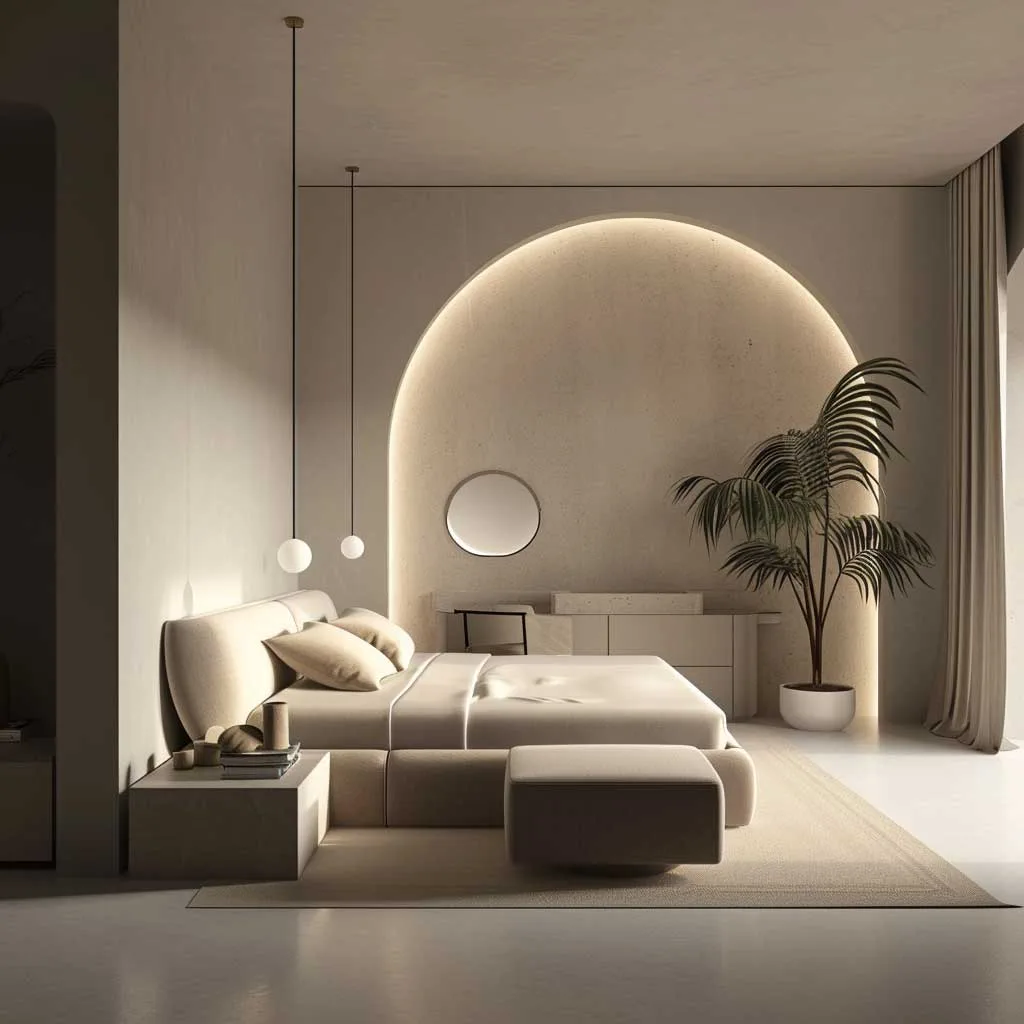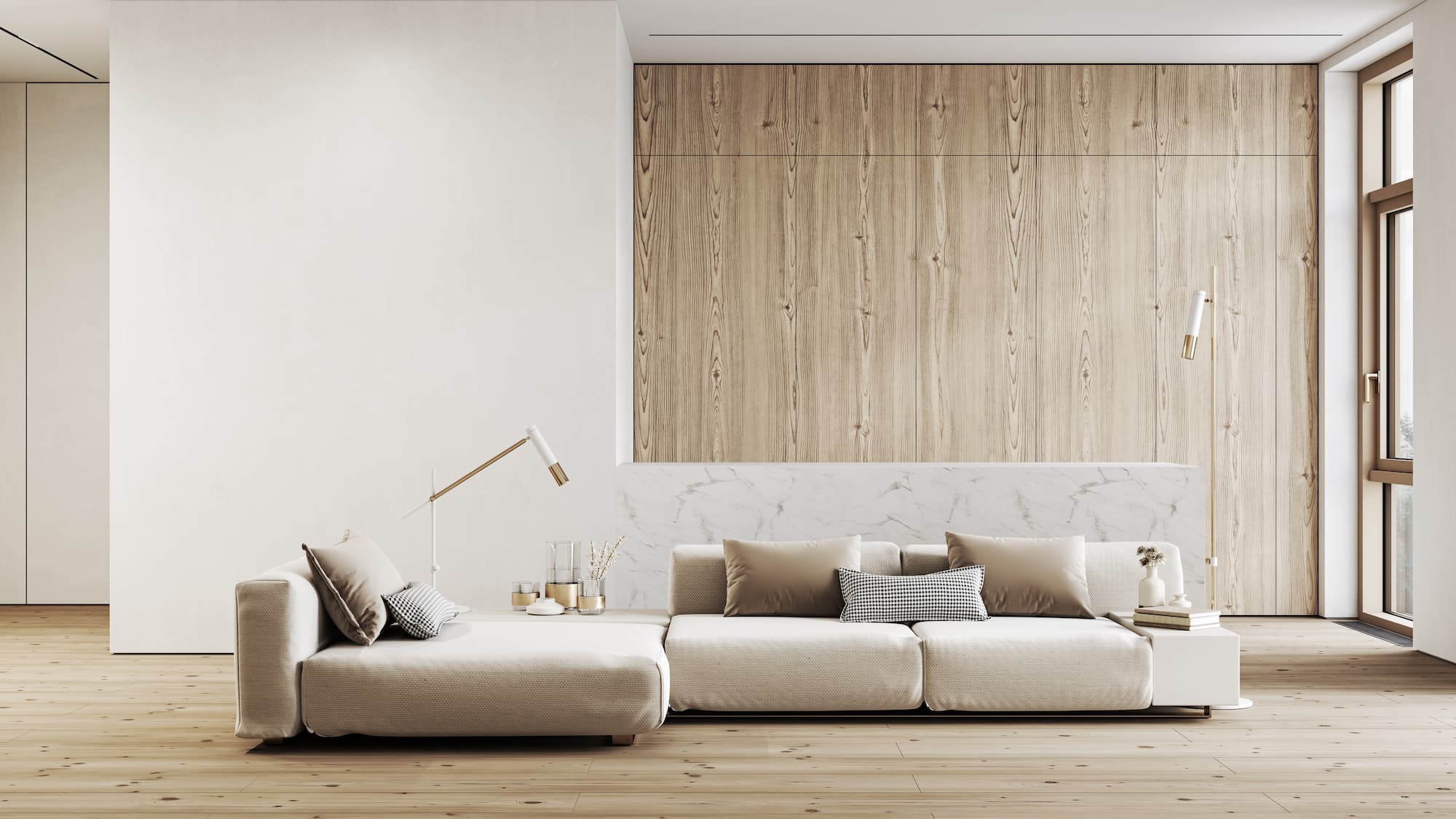Discover the most recent Trends in Interior Decoration for a Stunning Home Makeover
In the world of interior decoration, staying in harmony with emerging patterns is essential for creating spaces that reverberate with both functionality and visual appeal. Current growths highlight the relevance of vibrant shade combinations, sustainable products, and multifunctional areas, all of which serve to enhance the overall living experience. Additionally, incorporating aspects of biophilic design and vintage accents can significantly enrich a home's personality. As we discover these transformative fads, one may wonder how to efficiently integrate them right into their very own special areas for a really amazing outcome.
Bold Shade Combinations
As homeowners progressively seek to share their uniqueness, bold shade palettes have emerged as a prominent fad in indoor design. This activity motivates using striking shades that drift from traditional neutrals, enabling even more customized and vibrant space - miami luxury interior design. The assimilation of dynamic shades not just enhances the aesthetic charm of a home yet also reflects the character and way of living of its inhabitants
Designers are now try out shade mixes that evoke emotion and create distinct ambiences. From deep gem tones like emerald and sapphire to vivid accents of coral and mustard, these choices offer a fresh option to the standard. Accent wall surfaces, furnishings items, and attractive devices act as ideal canvases for showcasing these strong palettes.
In addition, the layering of shades can develop aesthetic deepness and intrigue, transforming a mundane room right into a captivating setting. Homeowners are urged to welcome their imagination, using shade to establish focal factors or to merge various layout aspects within a space. As the fad remains to evolve, making use of bold shade palettes indicates a shift in the direction of more meaningful and tailored interior layout, making homes not just practical, but likewise a true reflection of specific style.
Lasting Materials
The boosting emphasis on uniqueness in interior decoration has not just triggered the use of vibrant color combinations yet has likewise increased recognition around sustainable materials. Home owners and designers alike are progressively focusing on environmentally friendly alternatives, recognizing their effect on both visual appeals and the setting.
Lasting materials, such as recovered wood, bamboo, and recycled steels, are coming to be mainstream choices for furniture, flooring, and ornamental components. These products not only provide special appearances and tones but also add to lowering waste and decreasing the carbon impact connected with new production processes.
Integrating sustainable materials into interiors can produce a harmonious balance between style and obligation. As an example, all-natural fibers like hemp and hemp are getting grip in textiles, supplying longevity and convenience while advertising eco-conscious living.
Additionally, the increase of accreditations and labels, such as FSC (Forest Stewardship Council) and Cradle to Cradle, aids customers make notified options about the sustainability of their acquisitions. As even more people seek to develop areas that show their values, the assimilation of lasting materials will unquestionably play an important role in shaping the future of indoor style, ensuring elegance without endangering the world.

Multifunctional Spaces
In today's vibrant living atmospheres, multifunctional rooms have become an essential pattern in interior decoration, satisfying the diverse demands of contemporary homeowners. As city living typically demands reliable use room, developers are progressively developing areas that offer several purposes without jeopardizing style or comfort.
The assimilation of multifunctionality enables homeowners to maximize their living locations, transforming spaces to adjust to different tasks. As an example, a visitor bedroom can function as an office, featuring a pull-out workdesk and clever storage space solutions that preserve aesthetic appeals while boosting functionality. Open floor strategies additionally support this pattern, motivating liquid motion between areas and advertising convenience in design.

Ultimately, embracing multifunctional spaces not only enhances the performance of a home yet additionally reflects a modern approach to living, where usefulness meets sophisticated layout. - interior design firms

Biophilic Design
Embracing the concepts here are the findings of biophilic layout, modern interior spaces increasingly include all-natural aspects to foster a much deeper link in between residents and their environment. This layout ideology highlights the combination of nature right into the built environment, developing spaces that advertise wellness, productivity, and sustainability.
Trick elements of biophilic design consist of making use of all-natural materials, such as timber and stone, which bring heat and structure into insides. Large home windows and open layouts boost natural light, welcoming the outdoors in and creating a smooth shift in between inside and outside. Plants play a critical role in this approach, serving not just as ornamental components but additionally as air purifiers that enhance Get More Info interior air high quality.
In addition, water functions, such as water fountains or aquariums, can be included to stimulate a soothing ambience, while natural color schemes inspired by earth tones and plant enhance the general visual. By prioritizing these aspects, biophilic layout not only enhances the aesthetic allure of a space however additionally nurtures the emotional and psychological health of its inhabitants, making it a crucial trend for those seeking an unified living environment.
Vintage and Retro Accents
As house owners look for to instill character and nostalgia into their areas, vintage and retro accents have become a famous fad in interior style. These components not only evoke memories of lost periods yet also add depth and character to contemporary setups. The appeal of classic pieces hinges on their special tales and workmanship, frequently crafted from products that are no much longer widespread in modern manufacturing.
Integrating retro accents can be accomplished via numerous methods, such as selecting statement furniture, like mid-century contemporary chairs or art deco tables, which act as centerpieces in an area. Additionally, vibrant color schemes evocative the 1960s and 70s, including strong patterns and textures, can create a captivating resource atmosphere.
Devices play an essential role in this fad; assume classic lamps, retro wall art, or patterned textiles that seamlessly mix quaint beauty with contemporary visual appeals. When performed thoughtfully, these accents can harmonize with modern style, developing a balanced and inviting environment. Ultimately, vintage and retro aspects provide a timeless appeal, allowing home owners to commemorate history while embracing the conveniences of contemporary living.
Conclusion
In final thought, the newest trends in indoor layout highlight the importance of developing spaces that mirror originality while promoting sustainability and health. Bold shade combinations revitalize settings, sustainable products add to eco-friendliness, and multifunctional areas boost utility. Incorporating biophilic layout fosters a much deeper link to nature, while vintage and retro accents include unique personality - luxury interior design. These aspects collectively change living rooms into harmonious refuges that balance aesthetic charm with usefulness, ultimately enhancing the top quality of life within the home.